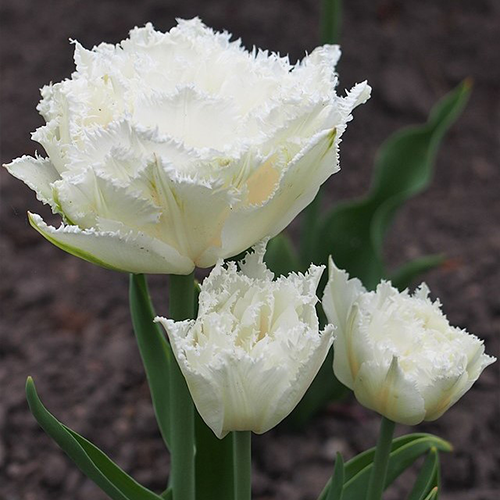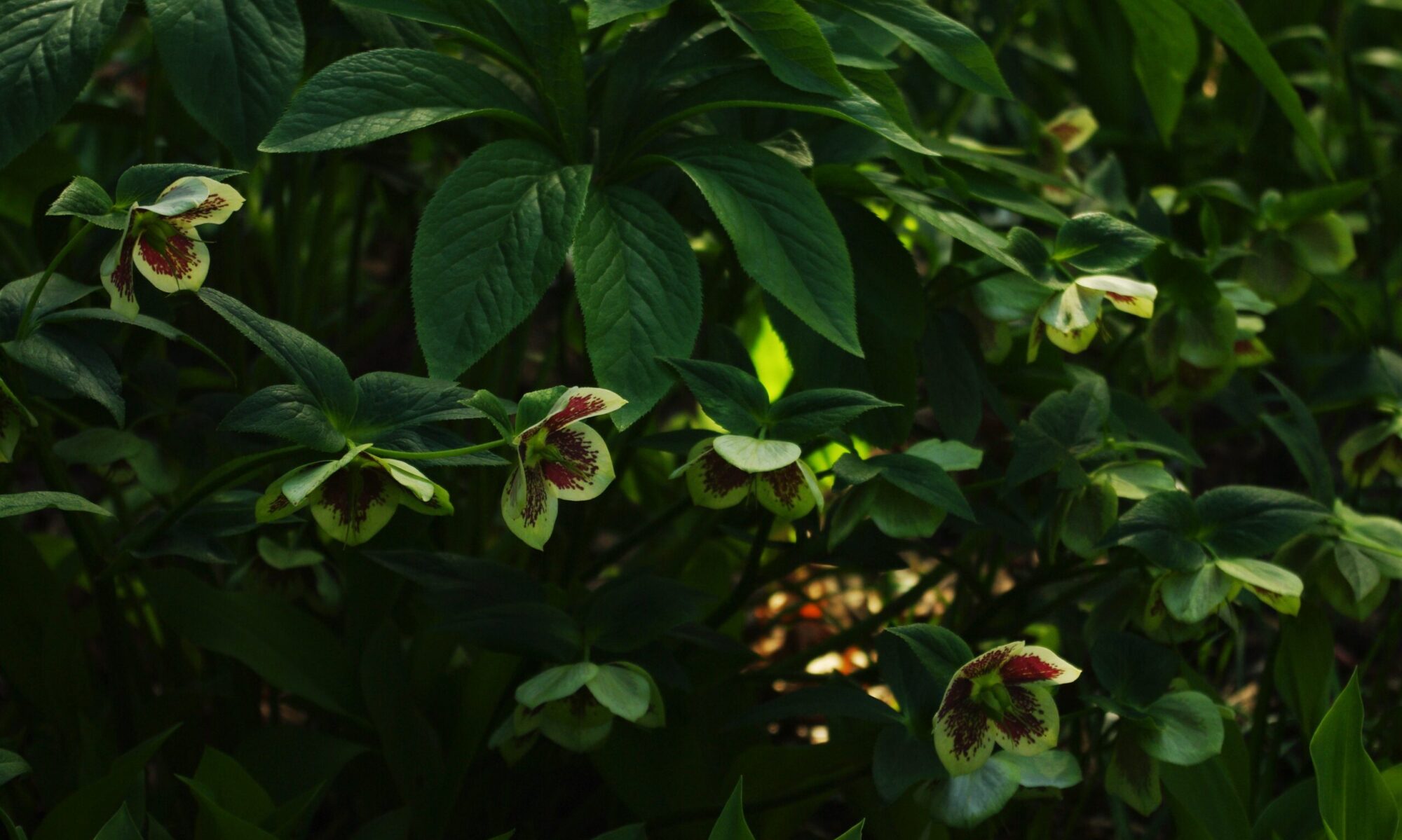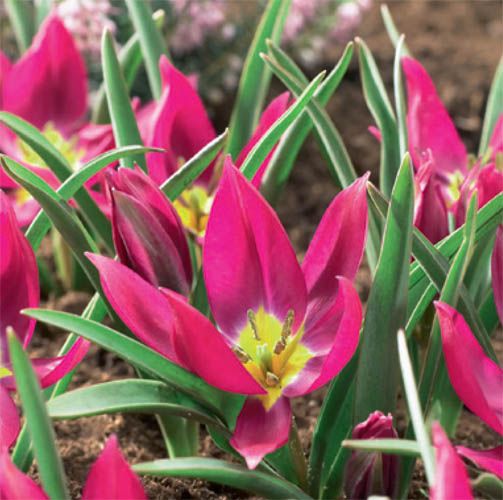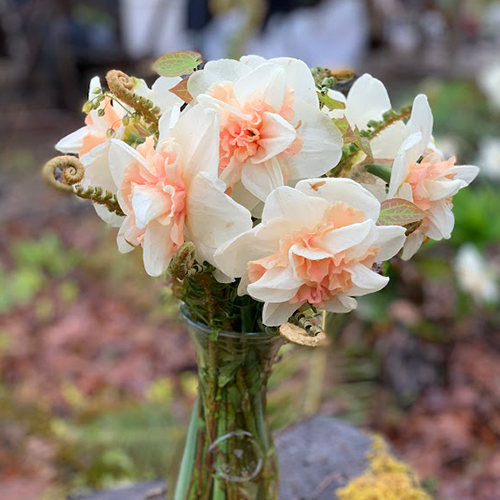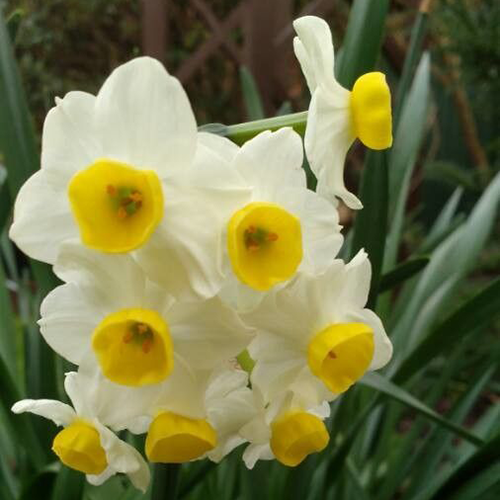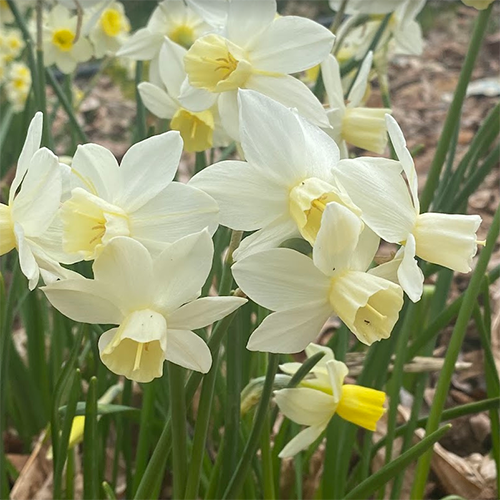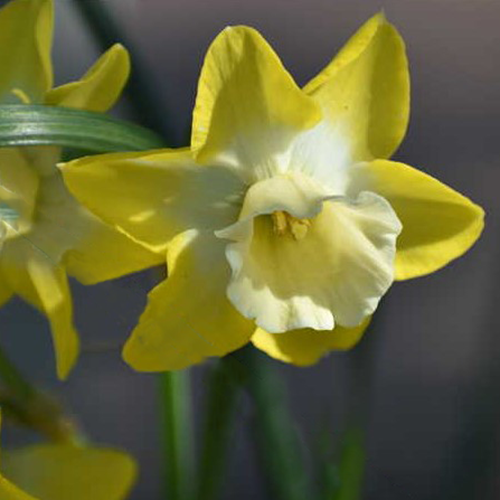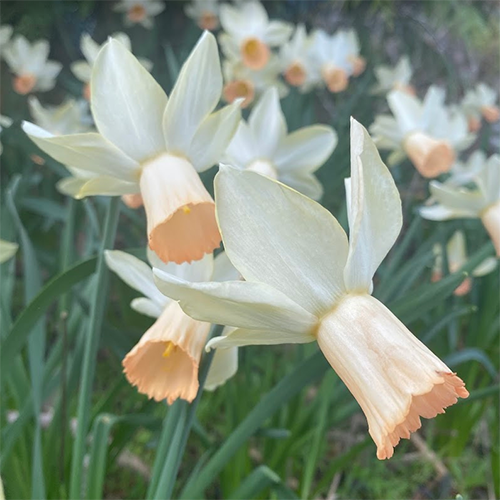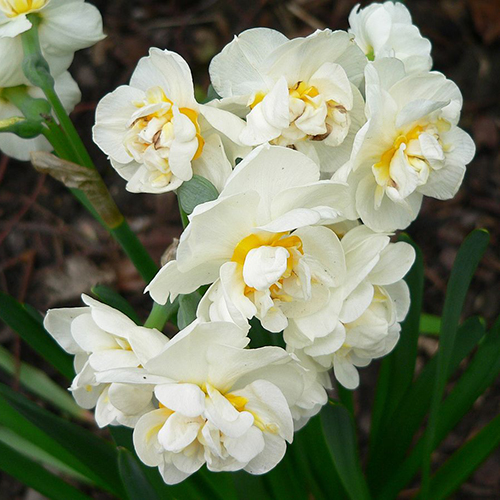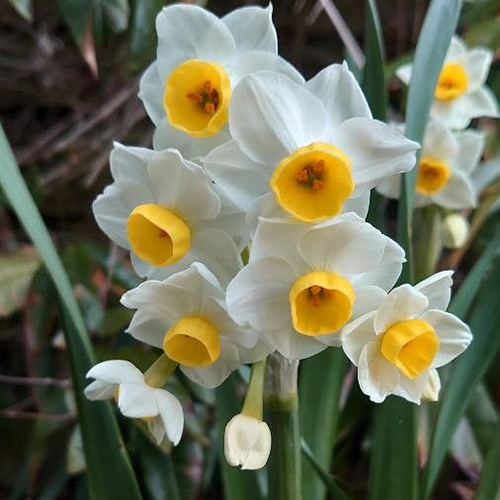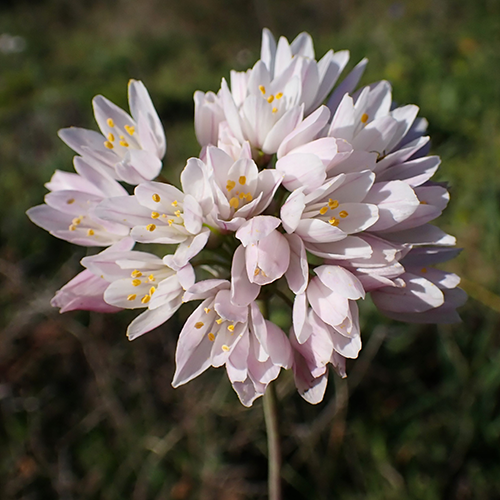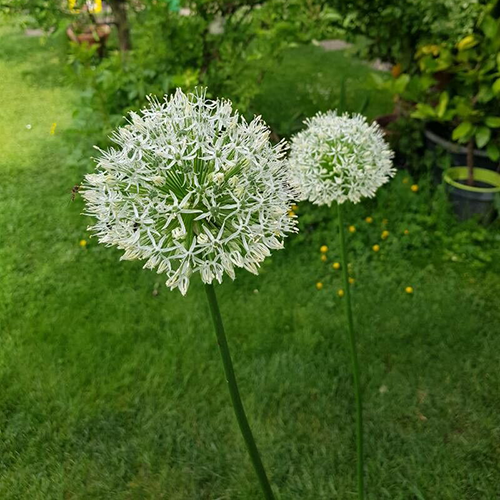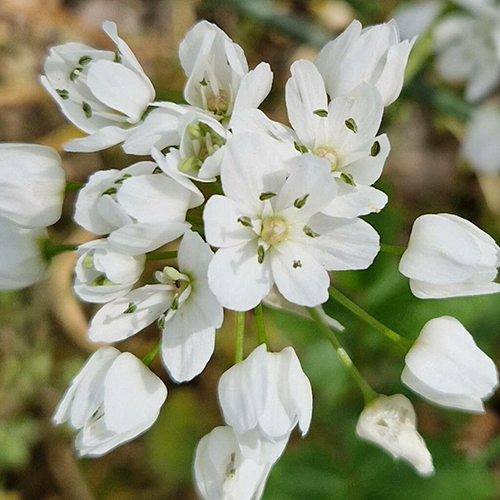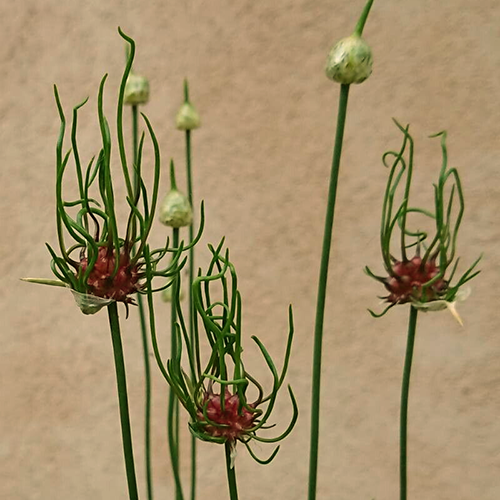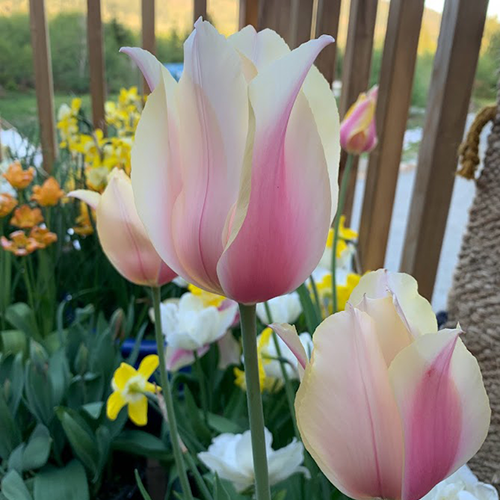
The entire internet and the world of SEO pushes towards making wordy posts that result in a ton of filler and jargon that drives me totally nuts. If you’re looking for the basic details, here they are.
Full/part sun, botanical varieties are perennial but traditional ones are not. Well drained soil, hardy to Z3, 18″ tall, or 6-10″ if botanical. Botanical varieties will naturalize. Plant 4x the height of the bulb in fall or early spring. Botanical varieties are somewhat deer resistant, needs moderate water during spring and little to no water during summer dormancy.
Full list of tulips we are selling this autumn
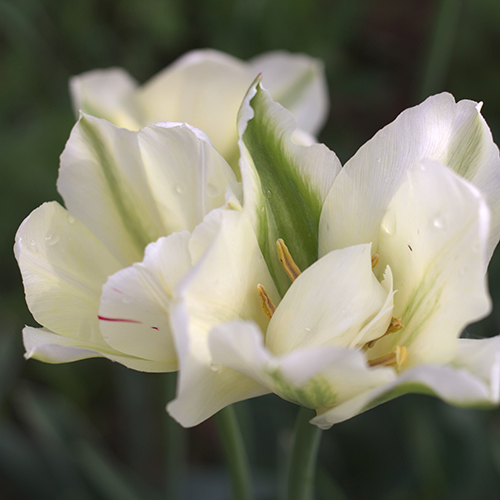
Tulips originate in Persia (present day Iran), then spread first to Turkey, and then were imported to Western Europe sometime in the 1400’s. They spread rapidly across Europe, and have been the center of many fascinating stories, from manias to revolutions. Due to their ability to mutate easily, they’ve excited (and even at times consumed) gardeners with the potential of discovering a gorgeous and entirely new flower.

Because of the long obsession with breeding and hybridizing new tulip varieties, most tulips unfortunately only bloom once, and must be planted each year. Some folks are absolutely comfortable with this, and in fact enjoy the process of selecting next year’s display as part of the ritual of garden planning. At Gardenlore, we’re a bit lazy…there’s enough work to do in the garden without planting dozens of bulbs each and every fall, so we tend to pick flowers that naturalize easily, and will give a good show from year to year.

Enter the Botanical, or Species Tulips. They’re a little less ostentatious than the usual varieties you see planted along roadsides or at fancy gardens, but they are more deer resistant, better suited to borders and rock gardens, and most importantly they come back year after year after year. This is because they are wild – not hybridized year over year to develop the biggest, showiest blooms, but the ones you’d actually see if you wandered the meadows of Iran or Turkey.
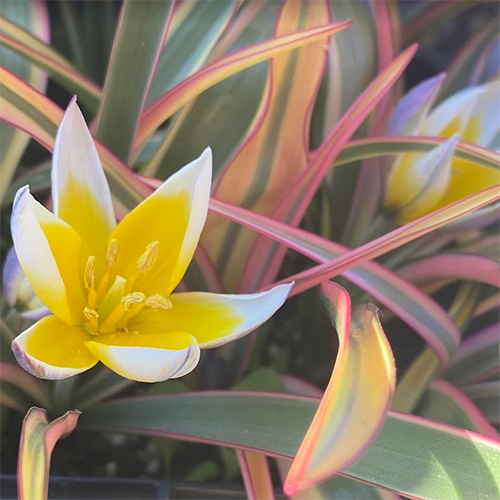
These tulips are shorter (6-10″ tall), and are early bloomers, going from March through April (in contrast to the mid-April to May of the traditional varieties). Many varieties of botanical tulips are winners of the prestigious RHS Award of Garden Merit, which is given to plants which demonstrate excellence in terms of beauty, ease of care, and performance. This award is assessed for the UK climate, which is very similar to the climate of the Pacific Northwest, meaning that any winners over there will also do extremely well here.
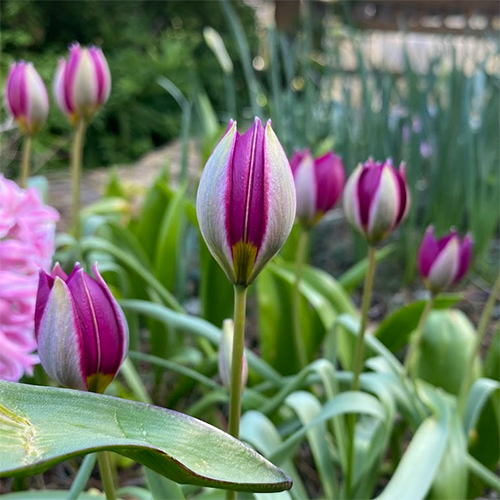
Like most spring bulbs, tulips prefer to be planted in the middle of fall (October to November) and like a rich soil that is sufficiently drained to prevent standing water and rot. You’ll get your best chances of a repeat show with the bedding type (aka non-botanical) tulips if you deadhead them after they finish flowering, but before they start forming seed pods, and leave the soil dry for the rest of the summer as they go into dormancy. Botanical tulips tend to not be the deer’s first choice for food, but they are not poisonous to deer like Narcissus or Alliums, so we’ve heard mixed results depending on what else the deer have to browse on.
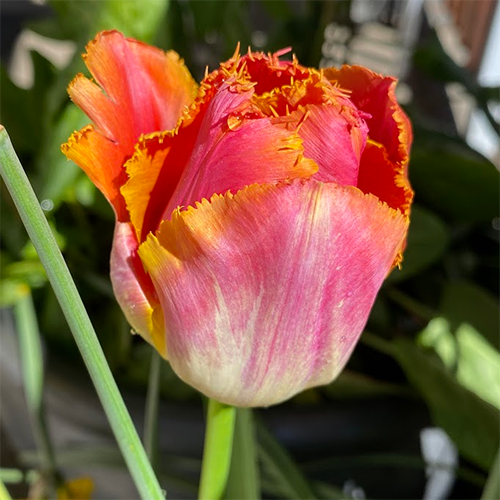
As always, we recommend the Royal Horticultural Society (RHS) as a wonderful resource on good gardening advice amidst the incredible sea of good (and really not so good) information out there. Because they’re based in the UK, all of the planting tips are fully applicable in the Pacific Northwest as we have very similar climates. Check out their article on planting tulips if you want another resource.
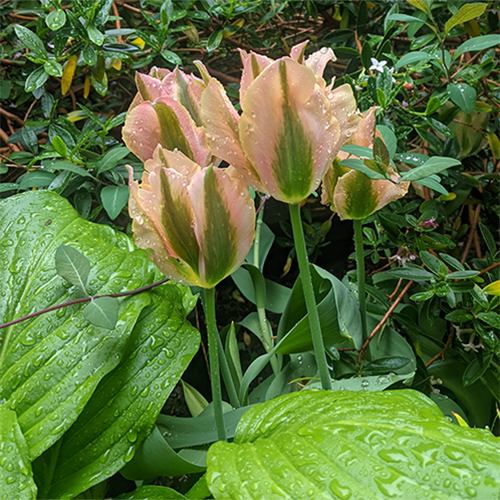
If you’ve fallen in love with the beauties you’ve seen here, check out our full list of tulips we’re carrying for the fall planting season.
Happy Gardening!
